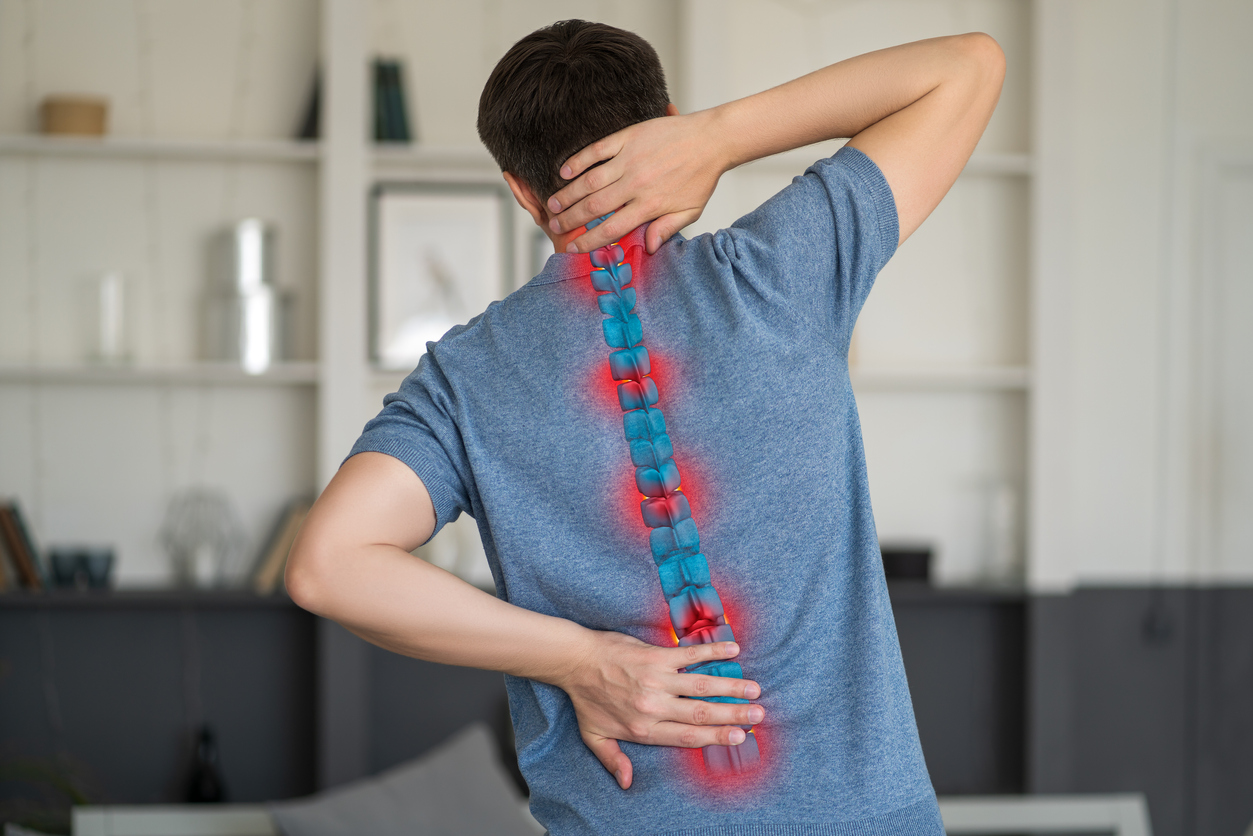The spine is the core of our flexibility and mobility. Without it, we wouldn’t be able to do much, and our lives would only be half as rich. This is why injuries to the spine can be so debilitating, as they have the potential to impact the rest of the body in rather severe ways. Below, we cover the differences of disc hernia versus extrusion.
However, many different afflictions have the potential to negatively impact the health of the spine. Knowing how to tell the difference between these conditions has the potential to mean the difference between successfully treating a condition and letting it become worse.
Disc Hernia versus Extrusion
If you’re having issues with your spine, take a look at this overview of two of the most common issues surrounding this part of the body: disc hernias and extrusions.
The Anatomy of the Spine
The spine is composed of a number of bones known as vertebrae. These vertebrae are cushioned by discs in the front of the vertebrae and joints known as facet joints in the back of the spine. This part of the body is one of the most complex parts of the skeletal-muscular system and is vulnerable to slight variations in health and wellness.
Disc pain tends to worsen when an individual is sitting for prolonged periods of time, as the discs are located in the front of the spine. This type of pain is typically felt in the lower back and can also spread to the thighs and buttocks. This pain has the potential to increase gradually over time if it isn’t dealt with promptly, which can lead to marked decreases in quality of life and limitations to one’s mobility.
This type of pain has the potential to express itself in a multitude of different ways – seeing a specialist is the fastest way to make a diagnosis.
Why Do Abnormalities Occur in the Spine?
The central part of a spinal disc is known as the nucleus pulposus – this area has a gel-like consistency. It is surrounded by an outer ring of a stronger substance known as the annulus fibrosus. Cracks and fissures typically start to develop from the discs on the inside out. These cracks have the potential to increase in severity either gradually or suddenly, with either development leading to increasingly large amounts of discomfort down the line.
An MRI can detect these fissures, and the abnormalities that are detected are often referred to as annular fissures or annular rents. As the disc begins to lack an adequate blood supply, these fissures are unable to heal spontaneously. Subsequently, these fissures extend in length and become more plentiful, becoming a more complex medical issue over time. This has the potential to cause a severe amount of pain.
Disc Herniation versus Disc Extrusion
If the fissure in a disc becomes large enough, the nucleus pulposus material at the core of the disc can begin to escape out of the disc. The exact shape and nature of this seepage can make the difference between a herniation and a disc extrusion.
Once the nucleus pulposus material has escaped from the center of the disc, it can end up in a section of the spine where only spinal nerves should be. The result of this is nerve tissue inflammation and a compression on the nerves by the out-of-place disc material.
If the width of the disc material at its tips is wider than the base, it is referred to as an extrusion. However, some controversy surrounds the exact difference between this and a herniated disc.
Unfortunately, these fissures do not repair on their own due to a lack of blood supply, which prevents them from adequately healing on their own. This process can exacerbate to the point that the disc changes in height and eventually collapses. This condition is referred to as degenerative disc disease.
There is currently a push in the medical community to standardize the language and definitions surrounding these terms in order to make for better spinal care and communication between doctor and patient. For example, there is a push to avoid terms such as “slipped disc” and “ruptured disc”, which can actually be misleading.
The Spine Surgeon Los Angeles Trusts
Dr. Yashar and the rest of his team live to serve the residents of Los Angeles the finest quality spinal operations possible. If you’re suffering from any kind of spinal condition, contact us today in order to schedule an appointment with our top spine surgeon.


